6 career defining records of Kenny Aronoff
Bob Dylan, Bon Jovi sticksman picks his finest

Kenny Aronoff
Apart from a brief stint in hard rock outfit Cinderella, Kenny Aronoff is best-known as a session drummer. He’s toured with the likes of Elton John, John Mellencamp and Bob Seger, but it was in the studio that Aronoff impressed most.
His hard-hitting, high-energy reputation precedes him, but being classically trained Kenny Aronoff is nothing if not amazingly versatile. Here he chooses the six records that most defined his career (and his versatility), telling Rhythm Magazine why they matter along the way.
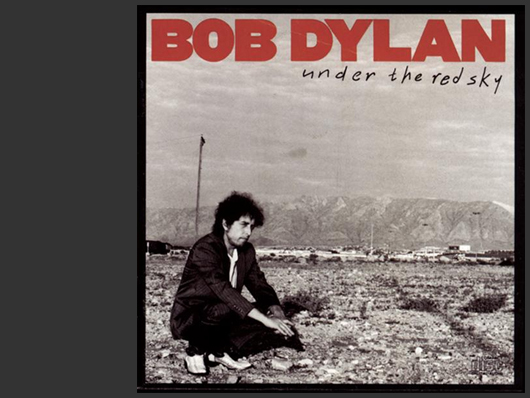
Bob Dylan
Spreading four days’ worth of recording over two months, with different musicians at every session, it’s perhaps not surprising that recording with Bob Dylan was a unique experience for Kenny.
Kenny Aronoff says:
“I think [producer] Don Was had told Bob, ‘I’ll surprise you with a different band on every day’ - Stevie Ray and Jimmy Vaughan, Robben Ford, Al Kooper.”
“The only words Dylan said to me in the whole of those four sessions were on the first day. He came in two hours late and my back was turned. He tapped me on the shoulder and said, ‘Hi, Kenny, Bob Dylan...’ and shook my hand. He then went to the piano and started to noodle around. Basically, whenever he started playing I would go to the drums and start jamming.”
“Everybody would fall in and they would roll the tape. One session he came in with hoodie, baseball cap and dark glasses, he was quite close, facing me in the vocal booth, but he never said a word.”
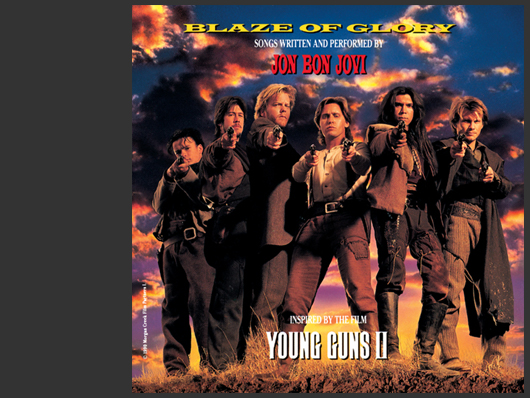
Jon Bon Jovi
Recorded for the film Young Guns II, the title track from this Jon Bon Jovi solo collection was a number one hit in America and was also nominated for an Academy Award.
Kenny Aronoff says:
“John said, ‘do you want to do two songs for this movie?’ Then he kept phoning and it went to four songs, then the whole album. Then he says ‘there’s good news: Jeff Beck’s playing, and bad news: Jeff wants Terry Bozzio’. But Danny Kortchmar was co-producing and he says ‘Kenny, don’t worry, Beck won’t be there, he’ll overdub later’. The point is, you’ve got the gig, but suddenly things can change.
“With the title track we just started recording, came up with stuff on the spot. The drums are featured in the middle and I used my orchestral training. I overdubbed four snares to create a marching ensemble, speeding and slowing the tape to get low and high pitches.”
“I wrote it out on the spot, quadrupled it and did a track of rolls underneath. It’s like a real percussion score with a couple of big, wild fills – one I could barely transcribe, it’s so wacky.”
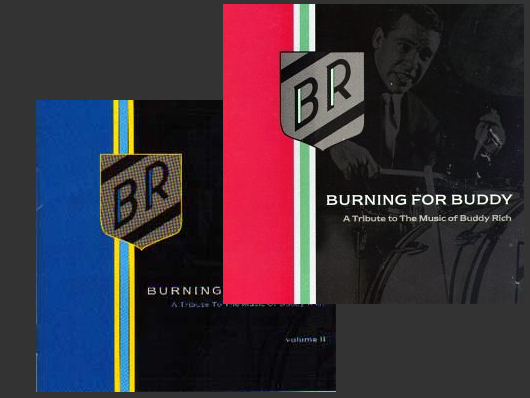
Burning For Buddy
With his reputation for slamming rock, Kenny was a revelation on the Neil Peart produced collection of Buddy Rich Band favourites, reinterpreted by today’s greatest drummers.
Kenny Aronoff says:
“Cathy Rich suggested I do something rock-oriented, but I played pretty intense jazz as a kid so I chose Big Swing Face. It’s more difficult than it sounds, you have to swing the way Fred Astaire danced!”
“For three weeks before the session I was recording in Nashville, LA and Montreal, [playing] country and heavy rock with Cinderella. I arrive thinking, ‘why am I doing this? I’m so tired’.”
“The band’s arrangement was different from mine, so it was intimidating: we do four takes of Big Swing Face, and I’m almost there and they say, ‘that’s it, it’s fine. So now it’s Straight No Chaser’ – I hadn’t memorised it, but the adrenaline takes over and I’m thinking, ‘just keep reading, and don’t get in the way of who’s playing!’”
“I got lucky; it flowed and I had that nice end solo. I just kept thinking about the spirit of Buddy.”
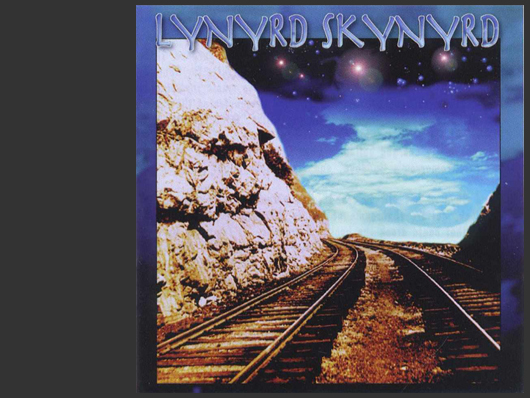
Lynyrd Skynyrd
The ultimate southern rock band are famous for both Freebird and suffering one of the worst plane crashes in rock history. Original drummer Artimus Pile crawled out of the crash and went for help only to be shot at by a local farmer, but thankfully survived to tell the tale. Aronoff’s time with the band was a little less dramatic.
Kenny Aronoff says:
“An incredible experience. They would drive in together, cars following one another, come in like a tornado, set up and go immediately to work – learn a song and start tracking.”
“They’d record, take a lunch break and, when we were done, they would leave immediately in a caravan of cars. Like a tornado coming in and like a tornado going out - crazy. But the sound they had was very authentic, like playing with The Rolling Stones of the South. They were very organised about how those three guitar players played together.”
”The producer was Ron Nevison, who’s done ‘Zeppelin, The ‘Stones and The Who. The band were between drummers and I was asked to join, but I couldn’t at that point.”

Tony Iommi
Of the two albums that Kenny recorded with Black Sabbath guitarist Tony Iommi, 2000’s Iommi featured Smashing Pumpkins’ mainman Billy Corgan, with Kenny sharing studio space with ex-Deep Purple member Glenn Hughes on 2005’s Fused.
Kenny Aronoff says:
“On Fused they had mostly medium-tempo and slow ideas, so I thought it would be cool to do something more uptempo. I started coming up with different beats, and when I played this one they wrote What You’re Living For around it."
“Everything I’d been doing was mid/slow tempos, slamming the beater into the head, but on this one, in the fast verses, I couldn’t do that. I had to change my bass drum technique, learn to distribute my weight more to the back of my heel and not play so hard because of getting the beater off.”
“It was a real challenge to play a heavy rock song with a light foot. That’s the thing about being a good session player – you have to adapt very quickly to a multitude of styles and techniques, and then you have to learn to be fluid between them.”
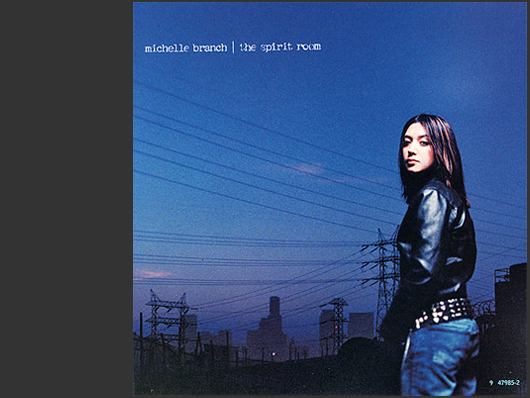
Michelle Branch
His work with Michelle Branch is just one example of Kenny’s sympathetic drumming for a whole bunch of female artists, including hits for Avril Lavigne, Melissa Etheridge, Alanis Morrisette and Bonnie Raitt.
Kenny Aronoff says:
“Michelle Branch’s Everywhere was a big hit from the album. I overdubbed drums onto eight guitar tracks, keyboards, loops and vocals. I played a take and there was no excitement in the control room, so I knew something was wrong.”
”As soon as I heard it back I went, ‘wow, I sound so laid back. OK, we got a problem’. I brought up the guitars and I realised that they were on top of the beat, making me sound behind the beat. So I turned the click way down and the main guitars up, and played to that – it sounded amazing.”
“My point is that when you’re overdubbing to finished tracks it’s not enough just to play steadily with the click. You have to do whatever it takes to make it sound great. Go in and figure out what it takes to make it sound like you were all playing together like a band.”